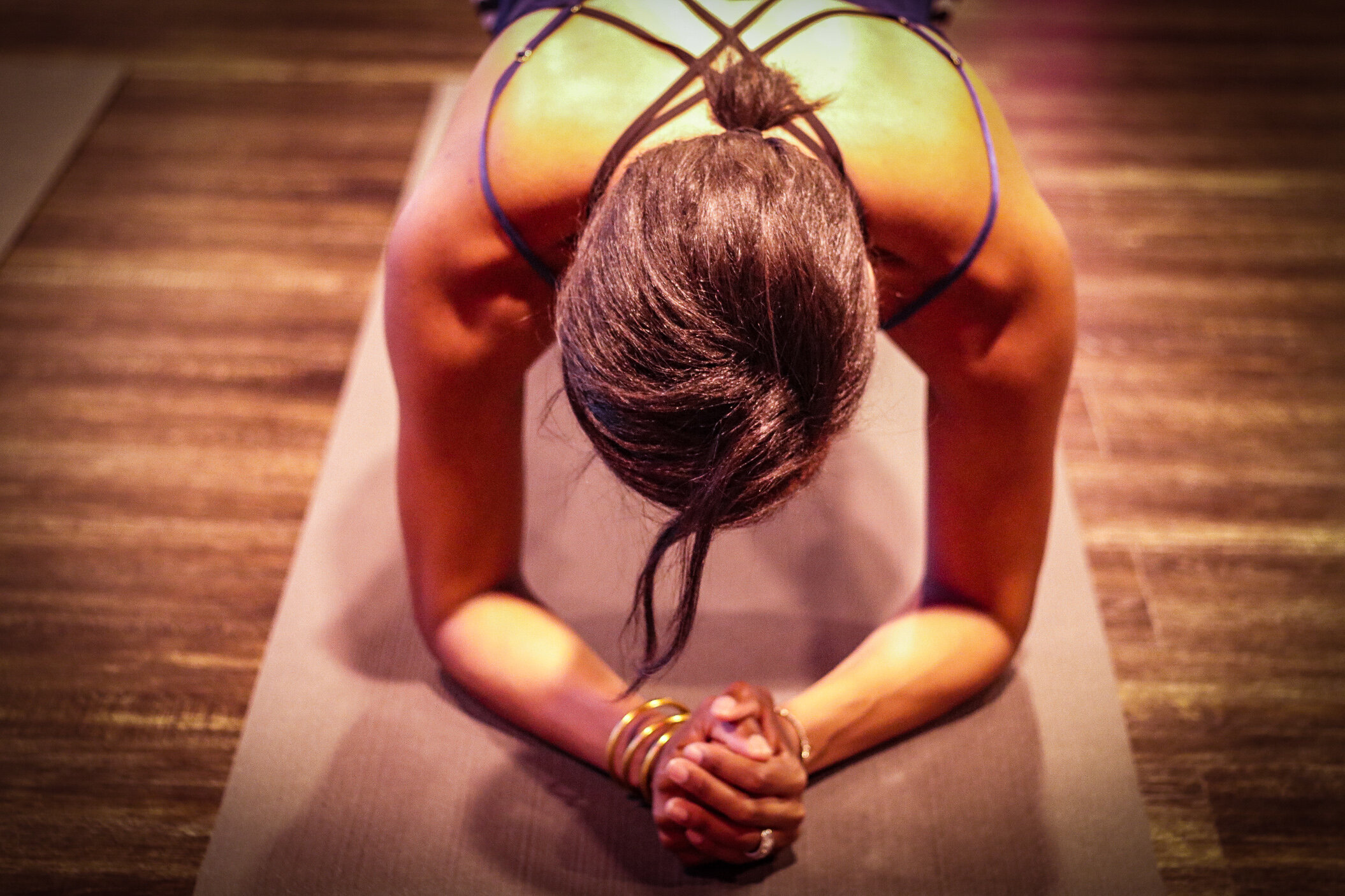Exercising with Back Pain: How to Work Out Without Getting Hurt
Living with back pain transforms everyday activities into either a chore or a triumph in the waiting. Knowing this, it requires a little bit of bravery to be willing to try exercising.
Even when you have periodic back pain and are keen to not make it any worse, don’t give up. Keeping moving a little each day avoids your back potentially seizing up through inactivity. At which point, the pain can become seriously unpleasant. Little and often is a good maxim to follow.
Here are some ideas on how to work out safely and not get injured.
Review Each Planned Exercise Before Going Ahead
Before deciding on and starting an exercise routine, stop to think it through.
For instance, if you’ve previously loved running sprints or using a rowing machine at the gym, is that wise to do now? Probably not if you want to avoid pulling a muscle in your back.
Therefore, think through each exercise or piece of equipment that you might use. Consider the flow of movement that your body runs through with each form of exercise or equipment, i.e. a rowing machine causes you to pull back, which sees your backbend move all the way forward and then back. While doing this, your back is unsupported.
Also, consider any impact from your foot landing on concrete or a padded surface, such as when running on a treadmill. Reduce this type of impact wherever possible, to avoid injury.
Know or Discover Your Limitations
Having too big of an ego and pushing yourself too far, especially if you haven’t exercised in a while, is not going to be helpful. Set any ego aside for the time being.
Instead, reference or relearn what your current limitations are to avoid back pain starting up.
Start any exercise as slowly as possible. Let your body run through the full cycle of motion to see what parts or angles might be an issue. See if there’s a way to modify the movement to skip these parts or switch to a different exercise.
Do this for each one until you know those you can perform safely and at what speed they’re still pain-free for you. That’s a good starting point.
Find a Way to Support Your Back, Where Possible
Try to add supports for your back where possible.
Riding a stationary bike that has high back support is especially useful. They don’t always have backs rests, though. In which case, one of the chairs that incorporates a stationary bike might be perfect to get rides in while enjoying a padded backrest too.
If you’re going to try lifting some dumbbells or other weight exercises, consider wearing a back protector to minimize movement in the lumbar area. Plenty of weightlifters wear them, but they’re also useful for people who need extra support.
Be Kinder to Your Back
A sensitive spine is greatly aided by a mattress that provides the necessary support. It can cushion the back while tender muscles heal up and end muscle ‘guarding’ of the spine, which is often the cause of a trapped nerve.
If your bed has seen better days and needs replacing, then resist the temptation to randomly pick a mattress. It’s necessary to be smart about it. Certainly, you'll need the right equipment to get the lumbar support necessary to avoid aggravating an existing injury, so choose wisely for excellent rest.
Exercising without a plan when you suffer from back pain is not sensible. Take care to listen to what your body is communicating to you and adjust your work out to avoid future difficulties. This will stop you from getting injured and interrupting your exercise routine for weeks during recovery.
For more wellness and mindset tips follow me on IG @NadiaMurdock
Check out my new 4-week program called The Ultimate Jump Start!

